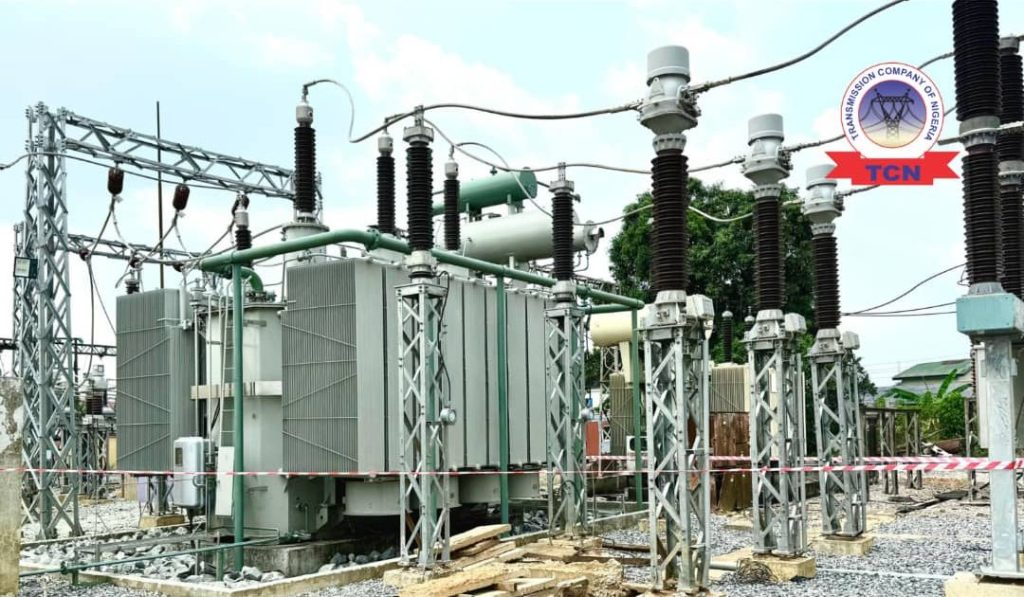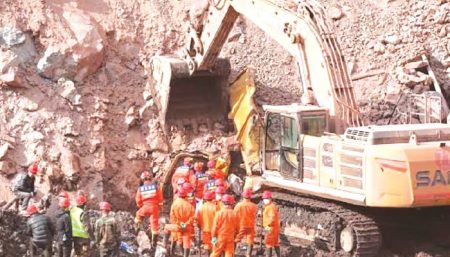The Transmission Company of Nigeria (TCN) and the Enugu Electricity Distribution Company Plc (EEDC) have engaged in a public disagreement regarding the cause of a recent power outage affecting Anambra State and parts of Enugu State. The crux of the dispute lies in the EEDC’s initial claim that an explosion at TCN’s Onitsha Sub-Region station was responsible for the blackout, a claim vehemently denied by TCN. TCN, in a formal statement, clarified that the power disruption was due to an insulation flashover, a technical fault triggered by rainfall, and not an explosion as alleged by the EEDC. This discrepancy in the narratives presented by the two companies has raised concerns about transparency and accurate information dissemination to the public.
The incident, occurring in the early hours of August 21, 2025, resulted in a partial loss of power within the 330kV switchyard at the Onitsha Sub-Region. TCN explained that the flashover, specifically affecting a porcelain insulator, was the direct cause of the outage. A flashover occurs when an electrical discharge bypasses insulation, often due to environmental factors like moisture or contamination. In this case, the rainfall likely compromised the insulator’s integrity, leading to the flashover and subsequent power disruption. Significantly, TCN emphasized that no equipment explosion or loss of switchgear occurred, directly contradicting the EEDC’s earlier statement.
TCN’s prompt response to the outage resulted in the restoration of power later on the same day. Moreover, TCN proactively scheduled a planned outage for August 31 and September 1, 2025, to replace the affected porcelain insulators and prevent future incidents of a similar nature. This proactive approach underscores TCN’s commitment to maintaining the stability and reliability of the power grid. Their public clarification serves not only to correct misinformation but also to reassure the public that the incident was not a result of negligence or compromised safety standards.
The contrasting explanations offered by TCN and EEDC highlight a communication gap between the two entities. While EEDC initially attributed the outage to an explosion, seemingly based on preliminary or incomplete information, TCN’s subsequent statement provided a more detailed and technical explanation. This discrepancy underscores the importance of thorough investigation and verified information before public announcements, particularly in critical infrastructure like power supply. Unverified claims can lead to public anxiety and erode trust in the responsible authorities.
TCN’s statement strongly urges the EEDC to exercise due diligence in its public communications, emphasizing the importance of accuracy and professionalism. By characterizing EEDC’s initial statement as “deliberate deception or propaganda,” TCN underscores the seriousness of the miscommunication. This strong rebuke highlights the need for clear and consistent communication protocols between power sector stakeholders to avoid public confusion and maintain credibility. Transparent and factual communication is crucial for building and maintaining public trust in the reliability of essential services.
The incident emphasizes the importance of accurate and timely communication, particularly in critical infrastructure sectors like power supply. While EEDC’s initial communication may have been based on preliminary information, the discrepancies highlight the potential for misinformation to spread quickly, especially in the absence of a coordinated and verified communication strategy. It reinforces the need for stakeholders to prioritize transparency and ensure that their public statements are based on thorough investigations and accurate data. This incident serves as a reminder that clear communication is not only about providing information, but also about managing public perception and building trust in the reliability and safety of essential services.














